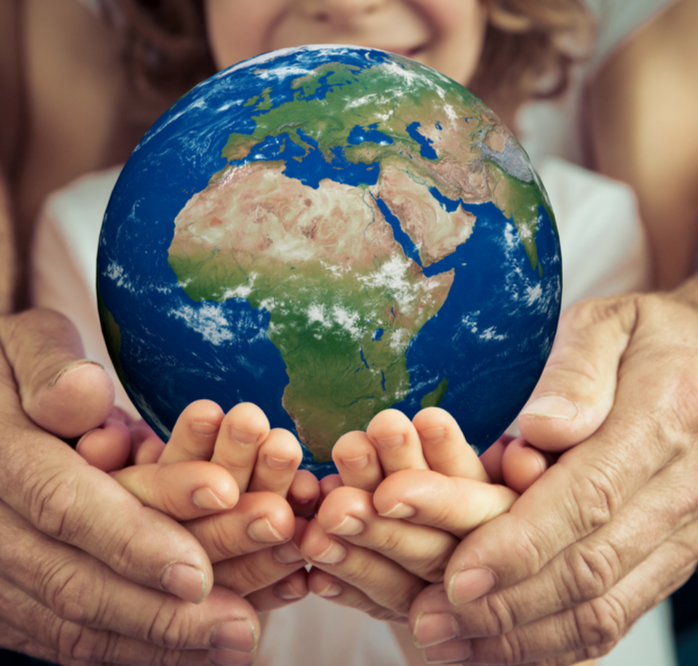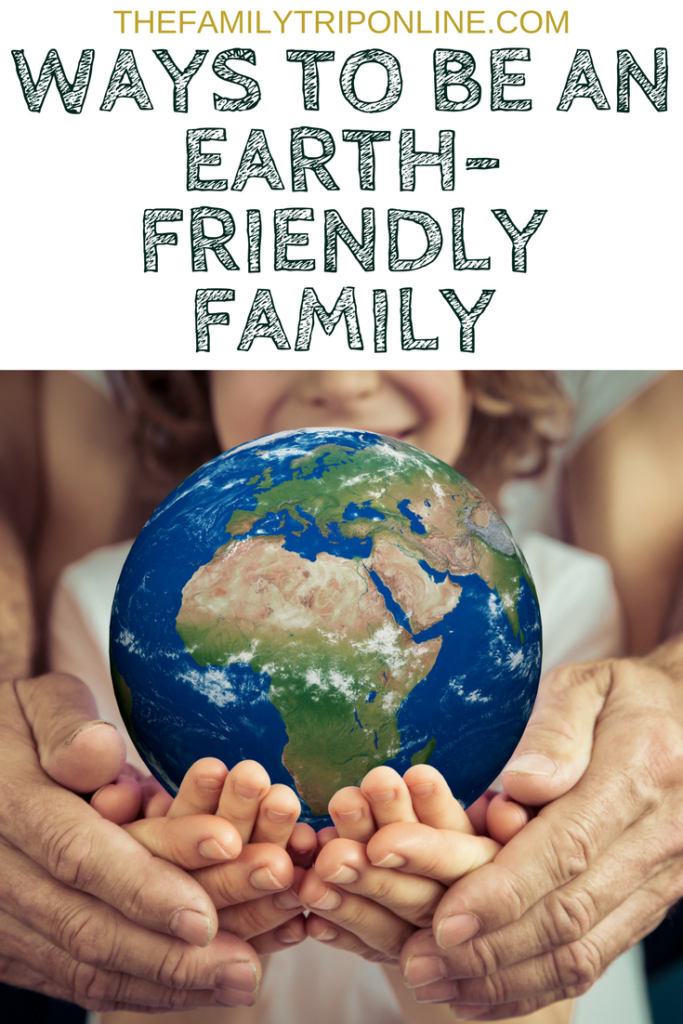
The fact is, Earth has limited resources. Further fact, we tend to point fingers at Other People or the Government while forgetting that, as mama says, three fingers point back at us. We all play a part. Being blind to the choices we make, no matter how small or insignificant they seem, is being part of the problem.
The entire world is connected. When we buy an affordable shirt from Target, we have to be aware that it came at the cost of low wages for a worker struggling to survive in a third-world country. We may decide it is worth it to our bank account. But we should realize that is a decision.
We may have a comfortable lifestyle because my husband and I work hard but we would be silly to say that it is ONLY because we work hard. We have opportunities to save money by purchasing our Target shirts and cheap pre-packaged Oatmeal Creme Pies pumped with chemicals that harm the land.
We have Oatmeal Creme Pies in our pantry now, so this is not a shaming post. We are there with you. But we are trying.
Please note there are affiliate links below, which means your click provides a small amount of support to The Family Trip.

Here’s what we’ve been trying to teach to be an Earth-Friendly Family –
1. Make our own household cleaners.
See our post on recipes for household cleaners. It turns out that not only is it better for the family (especially my child with Reactive Airways Disease) but it is much cheaper!
2. Drive less.
We consider this a work in progress. Right now we “bundle” activities and errands, picking sports league and recreational activities that are closer to home, and saying NO to things. But this one is an ongoing struggle.
3. Skip the straws & juice boxes.
It turns out that straws in restaurants are not at all more sanitary than drinking straight out of the glass. Yet those straws are terrible in many ways. They cannot be recycled, are terrors to the environment when they are thrown away, can easily become debris that is dangerous to animals, and they require a lot of resources to create.
Same with juice boxes. We’ve been juice box parents from day one. But, when pressed, we realized that we can easily put apple juice and other juices into reusable, portable containers and take those with us. Same effect and cheaper, too.
4. Watch the toys.
We limit battery-operated toys. Being a family that tries to properly dispose of our batteries, we’ve realized it is TOUGH when battery-powered toys die. So much toxic waste. We try to focus on experiences more than anything with our kids now. If you want ideas, see our post on Non-Toy Gift Ideas for Kids.
5. Pack water bottles.
We have stopped buying water bottles. Instead, we have a lot of portable containers (including kid-sized ones). With great products like RTIC and YETI on the market, it makes sense to make a one-time investment in a good container and save the money, and trash, from all those plastic bottles.
6. Buy consciously.
Again, understanding that the dollar speaks has been a huge shift. While we want to have pretty items in my house, I don’t need them at the cost of a cheap HomeGoods generic off-the-shelf knick-knack. There is a reason those items are cheap. We still buy from these stores at times (gift shopping) but, again, it is a conscious decision when we do. If you want to learn more about purchasing products that do good, from companies that do good, check out Molly Stillman’s podcast.
7. Grow our own vegetables; use a CSA.
Years ago we had a vegetable garden we inherited from our home’s previous owners. But we also had a herd of deer in our yard and it was frustrating to try to fight the deer off the cucumbers while raising a difficult newborn.
But then our kids got a little older and we decided to try again. This time, the kids are involved. Besides the power of learning where food comes from, we aren’t consuming vegetables that are driven across the country or continent slathered in pesticides. Also, again, it is cheaper overall to grow my own tomatoes than to regularly purchase them.
CSA means “community supported agriculture.” The short explanation: you commit to a local farmer to buy what he grows. It is either delivered to you or you pick it up; it can be expensive or cheap; it can be meats, vegetables, cheese. There are a slew of options but if you participate in a CSA, you know you are helping a local farmer sustain his/her business.
8. Use dryer balls instead of dryer sheets and rags instead of paper towels to clean.
Wastes less! When we learned a few years ago how terrible dryer sheets are, we were shocked. That was when we discovered dryer balls. They aren’t expensive, and they are reusable! Same thing on the paper towels: skip them when it comes to cleaning. Old burp cloths are the best.
9. Less Ziploc and more reusable containers.
We are kids of the ’80s: we got plastic baggies for everything in our home-prepared school lunch as kids. Because it’s what we know, it is what we started doing for my kids. But luckily, companies like Pottery Barn Kids and Land’s End are offering decently-priced reusable lunch boxes and systems for children.
Eventually, we want to move to all-glass storage in our house for leftovers and food storage (because plastic uses petroleum which seems to create wars among humans), but baby steps.
What this ongoing journey has taught us is that for a little upfront investment, and sometimes time, we can find ways that help our family be more Earth-friendly. Then, those ways actually work better for our family and save us money in the long run.
And, in the end, the hope is that our children are watching us and learning good habits and ways to be good stewards of the precious resources here on Earth.
